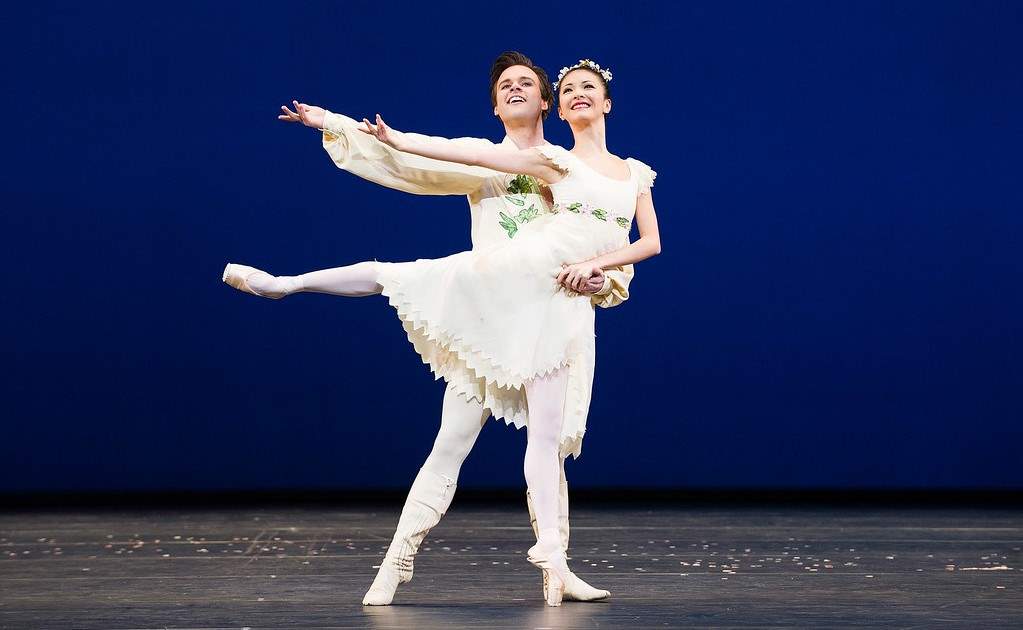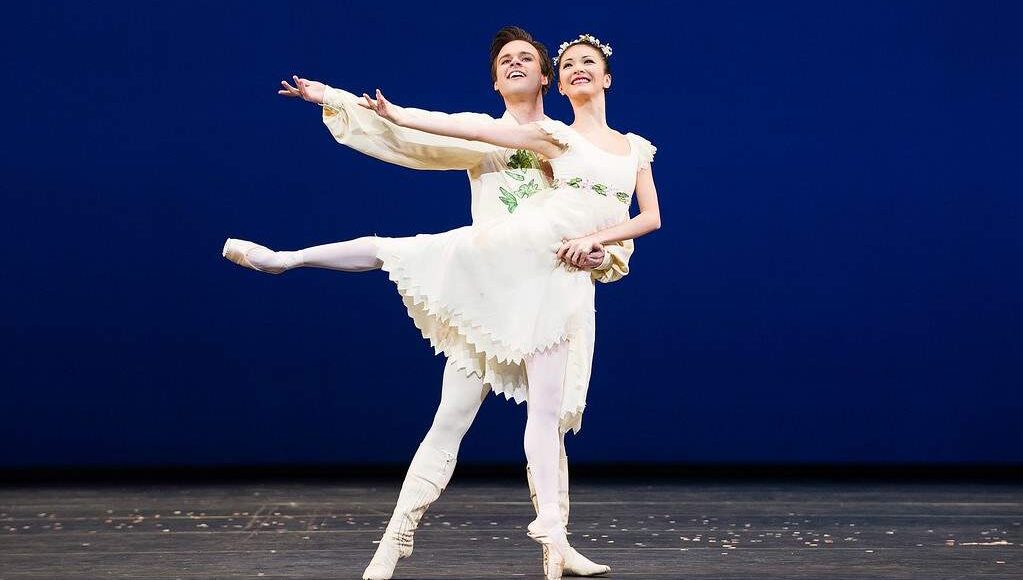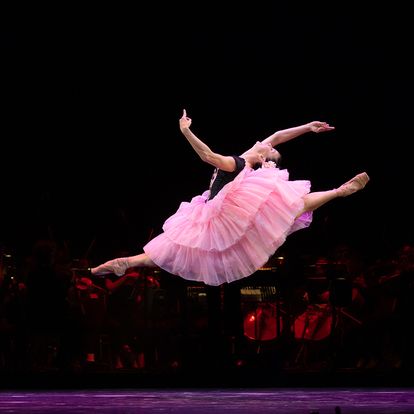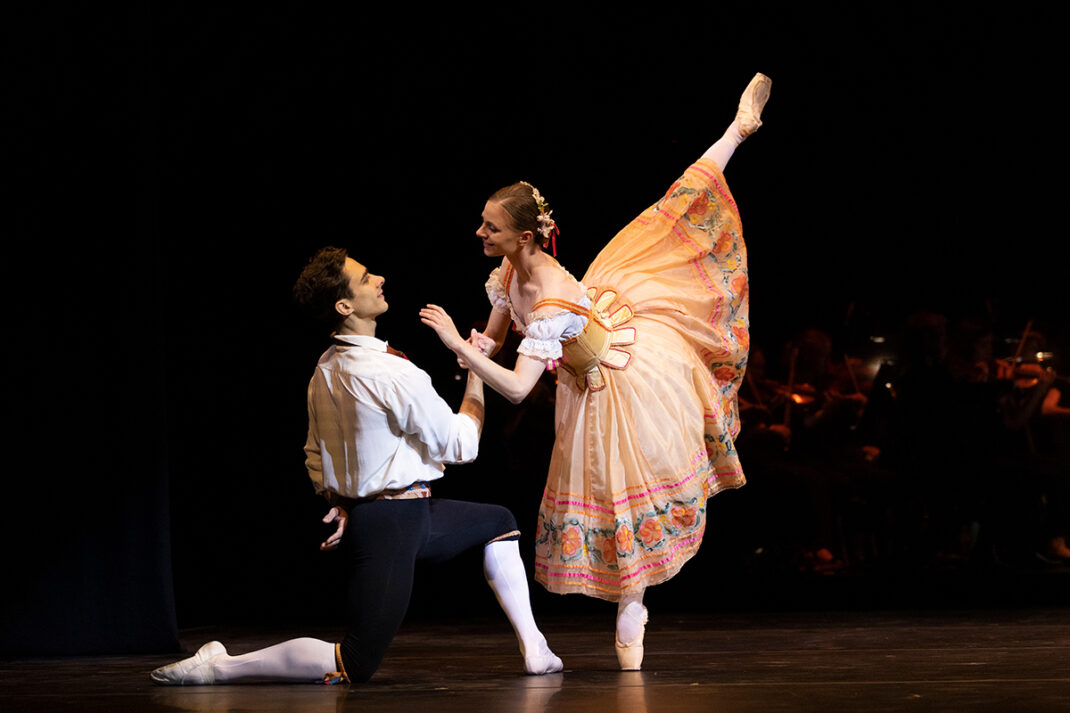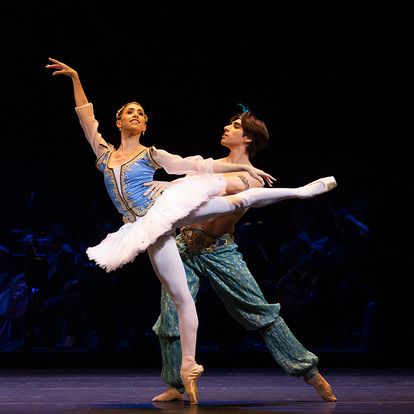Via the ROH streaming platform
Frederick Ashton was a choreographer who used classical ballet as his medium, which today it is not such a common method of producing a new work, not even within a ballet company (at least not in my mind). This is not a criticism of ballet today and I clearly recall my former ballet teacher, Valrene Tweedie, saying ‘ballet absorbs everything’! To its credit ballet has moved on and continues to do so. But Ashton was a choreographer whose work is thrilling to watch for the manner in which he uses movement that encompasses aspects of ballet that no longer appear to the same extent in today’s choreography.
A recent addition to the ROH streaming platform has been Ashton’s six-or-so minute pas de deux Voices of Spring. Ashton originally made the work, then called Frulingsstimmen, in 1977 for a New Year’s Eve performance of Die Fledermaus as performed by the Royal Opera. It appeared in a ball scene in Act II of the production along with another Ashton inclusion, Explosions-Polka.
Frulingsstimmen was first performed as a dance piece, independent of the opera, in September 1978 under the name Voices of Spring, the English translation of its German title, Frühlingsstimmen. Since then the pas de deux has been part of the Royal Ballet’s repertoire (although it seems to have been performed somewhat infrequently).
The version the company has added to its streaming platform is a performance from 2013 danced by Yuhui Choe and Alexander Campbell. Technically they make Ashton’s demanding choreography look just breathtaking (including his ‘signature’ walking through the air moments). Impressive from both dancers is the line of the body, the fluidity of the arms and indeed the fluidity of the entire body throughout the piece, along with the use of a beautifully stretched neck, especially from Choe, with the head balanced so impressively at the top of the spine.
But more than technical matters, the connection between the two dancers had been exceptionally thought through. Campbell presented Choe to the audience in true balletic tradition, while never forgetting that he was an individual as well. Then there was the absolute joy that coursed through the pas de deux and that reflected so beautifully the music, the Frulingsstimmen waltz from Johann Strauss II.
This pas de deux has been danced by others over the years, all well-known artists. But, from the excerpts available on YouTube,* no one else seems to have captured the nature of the work as Choe and Campbell have done, especially the exceptional fluidity and the inherent joy seen throughout the performance. I was blown away.
Michelle Potter, 9 February 2025
* The YouTube footage available does not include the Choe/Campbell performance, which is only available online via the ROH streaming platform
Featured image: Yuhui Choe and Alexander Campbell in Voices of Spring. The Royal Ballet, 2013. Photo: © Tristram Kenton
